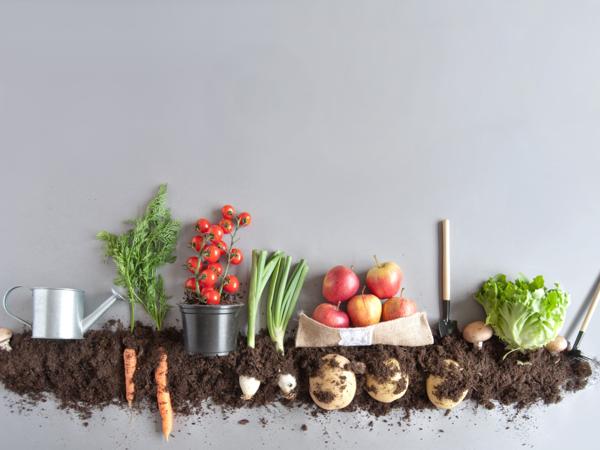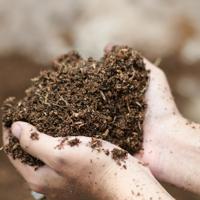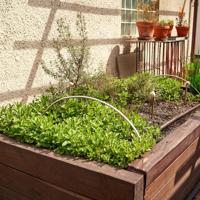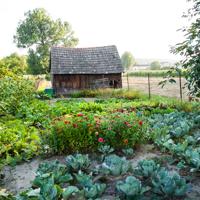Creating a food forest can be a fulfilling endeavor, blending sustainable practices with abundant yield right at home. As we explore the basics, you’ll find how this approach can regenerate depleted soil and further self-sufficiency. Remember, it’s all about working with nature rather than trying to control it.
Understanding the Concept
A food forest is designed to mimic natural ecosystems, yet it’s filled with edible plants. Unlike a traditional garden, it emphasizes perennial plants and trees. The goal is to create multiple layers similar to what you’d find in a forest—trees, shrubs, herbs, ground covers, and vines—all working together.
Key Layers of a Food Forest
-
Canopy Layer: This top layer consists of the tallest fruit and nut trees. In a temperate climate, examples might include apple, pear, or chestnut trees. These trees provide the primary structure.
-
Sub-canopy Layer: This includes smaller trees like dwarf fruit trees or nitrogen-fixing trees. Hazelnut or elderberry could fit here.
-
Shrub Layer: Think of berries—blueberries, raspberries, currants. These shrubs thrive in the understory of larger trees.
-
Herbaceous Layer: This layer encompasses perennial herbs and vegetables. Lovage, artichokes, or even wild leeks are possibilities.
-
Ground Cover Layer: Low-growing plants, like clover or strawberries, protect the soil and suppress weeds.
-
Root Layer: Composed of tubers and root vegetables like garlic, onions, or carrots.
-
Vine Layer: Climbing plants such as grapes or kiwi, which can use the trees as natural support structures.
Steps to Start Your Food Forest
1. Site Selection
Choose a spot that receives ample sunlight and has good drainage. Observe the existing vegetation and sun patterns. Understanding local microclimates can help in selecting suitable plant species.
2. Soil Preparation
Healthy soil is vital. Begin by improving soil health with compost and mulch. Cover cropping and using nitrogen fixers like clover can build fertility. Consider soil testing to understand nutrient deficiencies.
3. Plant Selection
Selecting a diverse range of plants ensures resilience. Research native and well-adapted species to your region. Diversity reduces pest outbreaks and increases the resilience of the forest ecosystem.
4. Design and Layout
Plan the layers thoughtfully. Consider the mature size of plants, sun exposure, and water access. Plant trees first, then move on to shrubs and smaller plants. Space them out to allow for future growth.
5. Water Management
Implement sustainable water practices. Swales or rain gardens can help manage water flow. Mulching retains moisture and minimizes evaporation, an important aspect especially in arid climates.
6. Ongoing Maintenance
Though food forests require less maintenance over time, initial efforts are essential. Mulch replenishment, occasional pruning, and monitoring pests is part of maintaining balance.
Practical Examples
In Vermont, some gardeners have had success growing cold-hardy pawpaw and the rare medlar tree as canopy species. Companion plants like comfrey not only protect soil health but serve as a dynamic accumulator, pulling up nutrients for neighboring plants.
In more tropical climates, a coconut palm might find a place in the canopy layered with banana plants and taro at the ground level, creating a productive and diverse food ecosystem.
Recommended Resources
For those inspired to delve deeply into food forests, the work of authors like Dave Jacke with “Edible Forest Gardens” and Martin Crawford’s “Creating a Forest Garden” offer substantial insights. Online communities and permaculture courses can also provide support and shared experiences.
Remember, creating a food forest doesn’t happen overnight. It’s a journey of observation, learning, and patience. Integrating sustainable gardening practices here fosters not just edible diversity, but a self-renewing ecosystem that’s more resilient to changing climates.
By understanding and applying these basics, you’ll contribute to revitalizing local ecosystems and enjoy the wonder of food grown in harmony with nature.




